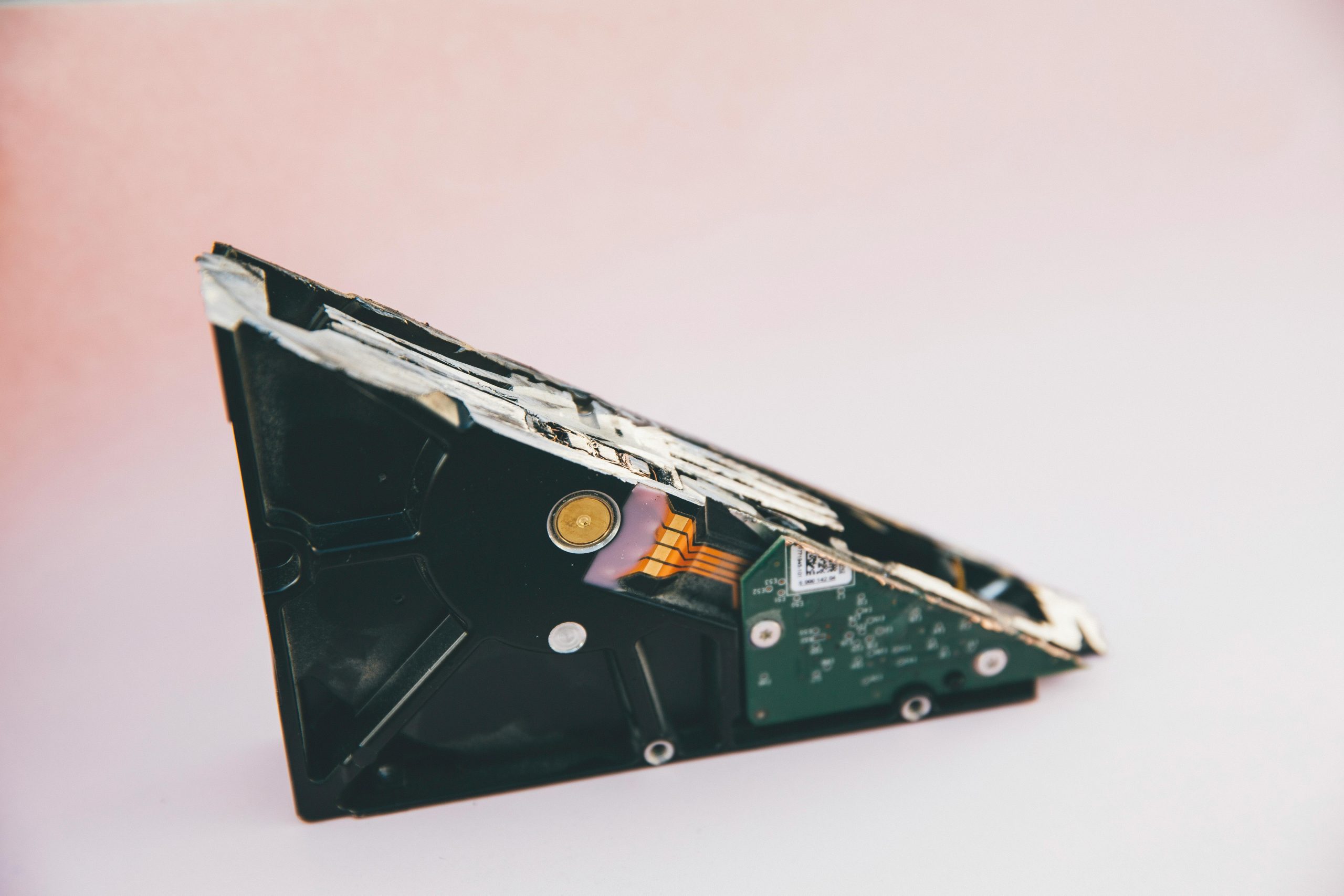Title: Essential Guide to Troubleshooting and Recovering Data from a Corrupted Hard Drive
Introduction
Encountering errors such as “File or Directory is corrupted and unreadable” can be distressing, especially when vital data is involved. In this article, we will explore a real-world scenario involving a dropped external hard drive, discuss potential causes of such errors, and outline effective methods for data recovery. Whether you’re facing similar issues or simply seeking to safeguard your valuable data, this guide offers practical advice for resolving hard drive problems professionally and efficiently.
Case Overview
Recently, a user experienced a hard disk failure after a physical impact. The scenario involved a Seagate 2TB external hard drive that was accidentally dropped from a height of approximately four feet while connected to a television. Initially, the drive appeared to function normally, with accessible files via the TV interface. However, after reconnecting the drive to a laptop, the user received a critical error message indicating that the files or directory were corrupt and unreadable.
Importance of Data Preservation
The user emphasized that the data stored on the drive was extremely important, expressing concern about potential data loss. Additionally, limited laptop storage—specifically a 256GB SSD—posed challenges for copying large amounts of data directly, prompting questions about the necessity of purchasing additional hardware for data recovery.
Understanding Hard Drive Damage and Errors
Physical impacts, such as dropping a hard drive, can cause mechanical or electronic failures, including:
- Damaged read/write heads
- Placed platters with scratches or misalignments
- Faulty circuit boards or connectors
- Corrupted file system structures
When a drive presents errors like corruption, it often indicates underlying physical damage or logical file system issues.
Steps for Data Recovery
- Stop Using the Affected Drive Immediately
Continued use can exacerbate physical damage or overwrite existing data, reducing recovery chances.
- Assess the Drive’s Behavior
Listen for unusual noises such as clicking or grinding, which suggest mechanical failure. If the drive is silent or shows minimal activity, logical errors are more likely.
- Connect the Drive to Different Systems or Interfaces
Try accessing the drive via different computers or USB ports to rule out connection issues.
- Use Reliable Data Recovery Software
If the drive is recognized, consider employing professional data recovery tools like Recuva, EaseUS Data Recovery Wizard, or Stellar Data Recovery to scan and retrieve files.
- Consider Professional Data Recovery Services
In cases of physical
Share this content:



